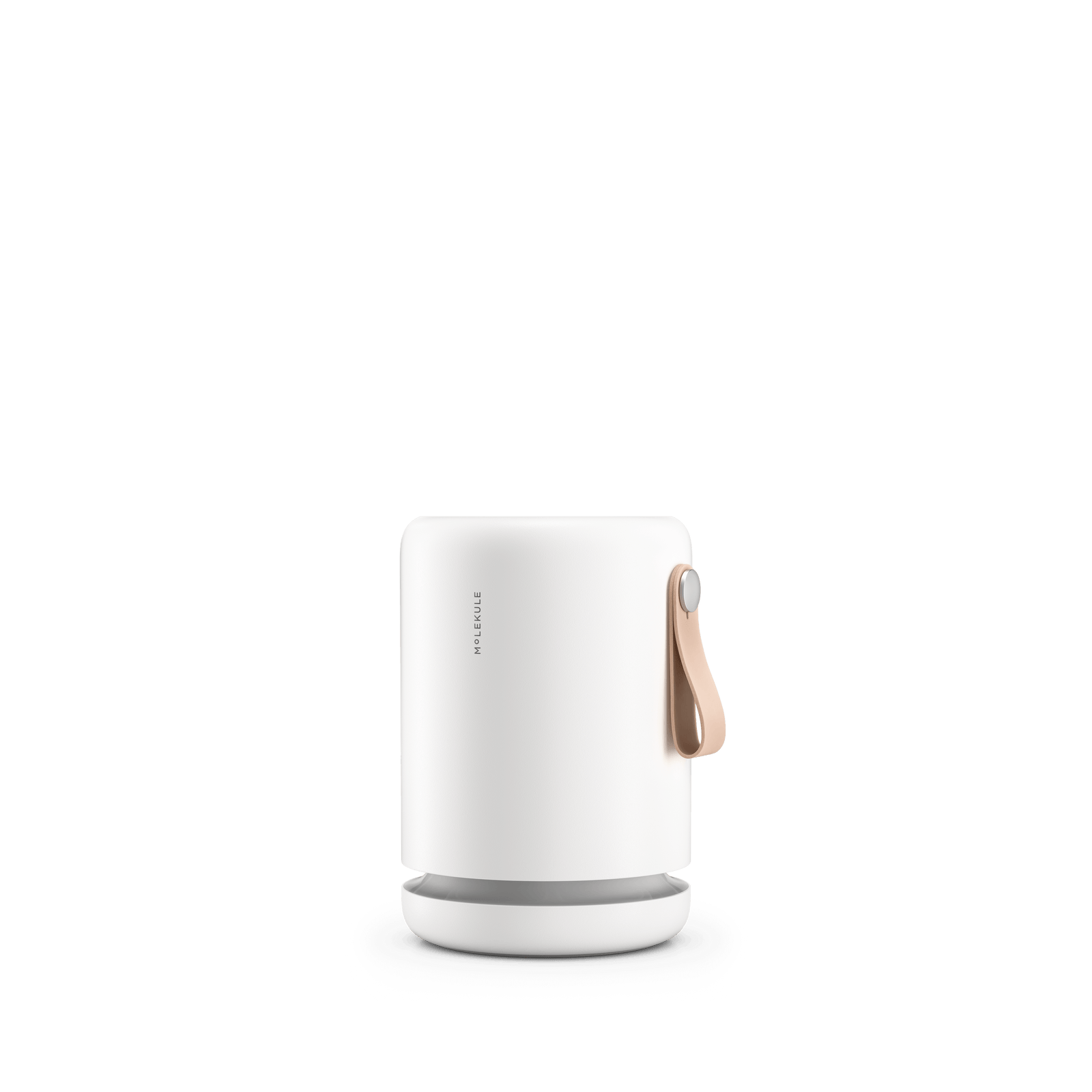A dehumidifier is an important tool for maintaining the indoor air quality of your home. It will keep humidity levels down in areas like basements or attics, where moisture can be a problem. Preventing high humidity can prevent the formation of mold, which can cause damage to your home and release spores that might trigger allergic reactions or asthma.
Certain dehumidification jobs may require a powerful, industrial grade dehumidifier. These dehumidifiers can cost thousands of dollars, and you will probably only need it for a limited period of time (assuming you repair the source of the flood or leak). By renting, you will pay a fraction of the cost of buying the dehumidifier and not end up owning an expensive appliance that you may never use again. We will break down some of the factors that set industrial dehumidifiers apart from consumer models, why you might need one, and closely examine the cost of a rental versus the cost of purchasing.
Why rent a dehumidifier?
If you have a space with a regular moisture problem, you probably want to buy your own dehumidifier, since you will need to run it for weeks, or even months, during the warmer months. For general basement or attic moisture, a consumer grade dehumidifier will get the job done, so purchasing your own will be the most cost-effective solution.
But what if you have had a severe flood, rather than an ongoing problem? Perhaps a nearby creek overflowed into your basement, a broken pipe drenched an entire room or a roof leak left the walls and wood frame of your house saturated with water. A dehumidifier can make a significant difference in terms of how long it takes to dry out the flooded area of your house. It draws the moisture out of the air, which makes it easier for moisture to evaporate from the soaked carpets, walls or furniture. The faster you can dry out the room, the less chance of mold forming, and the less likely you will have to deal with a major cleanup.
A consumer grade dehumidifier can certainly help in this situation, but industrial grade dehumidifiers are a more powerful option that can dry out a room and everything in it faster and more thoroughly. For instance, the average $200 consumer grade dehumidifier can remove about 50 points of water from the air per day (24 hours), but an industrial dehumidifier can pull 150 to 250 pints out of the air every 24 hours. In fact, heavy duty dehumidifiers can remove so much moisture from the air that storing the water can be a problem, which is why many units have built-in pumps that empty into an outside location or drain.
Dry air is vital when you are trying to dry out a drenched room. Air can only hold a certain amount of water vapor at a particular temperature until it is considered saturated. Once the air has reached its water vapor capacity, wet things in the room, like a carpet or structural wood, will not dry out because there is nowhere for the moisture in the object to go.
Industrial dehumidifiers are certainly effective, but they are far too powerful for regular, everyday dehumidification needs. If your problem is merely a damp basement, it will not be necessary to remove 250 pints of water per day from the air. In fact, air that is too dry can be an air quality problem, leading to dry skin and damage to anything made of wood. Unless you own a warehouse or a greenhouse, where you will run an industrial dehumidifier all the time, you really only need an industrial dehumidifier for temporary emergency situations—for instance, when your home has suffered water damage from a flood or leak.
Renting versus purchasing: Price comparisons
We looked at a few top industrial dehumidifiers to see how much it costs to rent one versus the purchase price. As you can see, unless you plan to run a heavy duty dehumidifier for two months or more, renting is always more cost-effective.
Dri-Eaze LGR3500i: This unit can remove up to 260 pints per day (when the air is at maximum saturation), with a built-in pump, digital controls and humidistat.
- Purchase Cost: $3,376
- Rental Cost (United Rental): $53 per day, $171 per week, $423 per month.
Dri-Eaze LGR 7000XLi: Very similar to the 3500, this unit draws less power and removes slightly less water per day, but is still a very powerful industrial dehumidifier.
- Purchase Cost: $2,400 to $2,500.
- Rental Cost (Home Depot): $70 per day, $280 per week, $840 per month.
Quest PowerDry 4000: This dehumidifier is rated at 40 gallons per day of water removal, and is used by professional clean-up companies.
- Purchase Cost: $3,149
- Rent (local equipment rental company): $100 per day, $300 per week, $900 per month.
Even if you need to rent an industrial dehumidifier for two full months, it is still cheaper to rent than to purchase. Hopefully your flood emergency dries out faster than two months, or you will very likely experience severe mold problems.
Where to rent a dehumidifier
Industrial dehumidifiers are not as easy to find as consumer grade models. Your average home improvement store is not likely to carry them for purchase or rent—several national home improvement chains have cut back or eliminated equipment rental programs, notably Lowe’s. However, Home Depot still offers equipment rentals, and most locations have dehumidifiers available for rent. Your local hardware store might also have them for rent, but this is not likely. Call ahead and ask.
Some national equipment suppliers that provide rental dehumidifiers are United Rental and Priority Rental. However, not all dehumidifiers are available in all areas. For instance, United Rental had one model of industrial dehumidifier available in New York, but none were available in Texas when we checked.
You might have other local suppliers with dehumidifiers for rent. These will typically be companies that supply professional contractors (dehumidifiers are often used on construction jobs) or professional cleaners. You can also find dehumidifiers at places that supply serious growers, since dehumidifiers are needed in greenhouses and indoor hydroponics. However, they are usually only for purchase, not rental. If you have such a supplier in your area, you might be able to arrange for a rental.
Be aware that due to the high cost of industrial dehumidifiers, you will have to put down a sizable deposit and there may be additional fees, such as a delivery fee if you do not pick it up yourself. In addition, some powerful dehumidifiers run on 240 volt supplies, so they will not work on a regular outlet. Make sure you know if the dehumidifier you plan to rent runs on 120 or 240 volts and plan accordingly. If the water damage is in your basement, for instance, you may have a 240 volt line available for your electric dryer or other appliance.
Other ways to dehumidify a space
- Ventilation is very important for dehumidifying a damp space. Open all doors and windows so the moisture has somewhere to go.
- Air flow can also greatly decrease drying time and help push moist air out of a space. Running fans to circulate air can help, and some fans can be directed to blow directly over wet items.
- Air conditioning dehumidifies air (it is essentially the same process that a dehumidifier uses), so if the house has central air conditioning, keep that running to reduce humidity levels and speed up drying time.
Controlling the humidity levels in your home is a crucial part of maintaining indoor air quality. High humidity air can allow microorganisms to proliferate, and at high enough humidity, mold can form. In the event of a damaging flood or leak, reducing humidity and enabling a fast dry-out is even more important. Mold can begin forming on wet surfaces as quickly as 24 hours after it becomes wet, and will release mold spores. Mold spores are a respiratory irritant that can cause or exacerbate asthma and allergies, especially in people with mold sensitivities. Renting a heavy-duty dehumidifier is a good course of action to help your home dry out after a flood and prevent the damp conditions that foster mold growth. If the presence of airborne mold or other pollutants are also a concern, an air purifier can be used alongside a dehumidifier to help improve indoor air quality.












